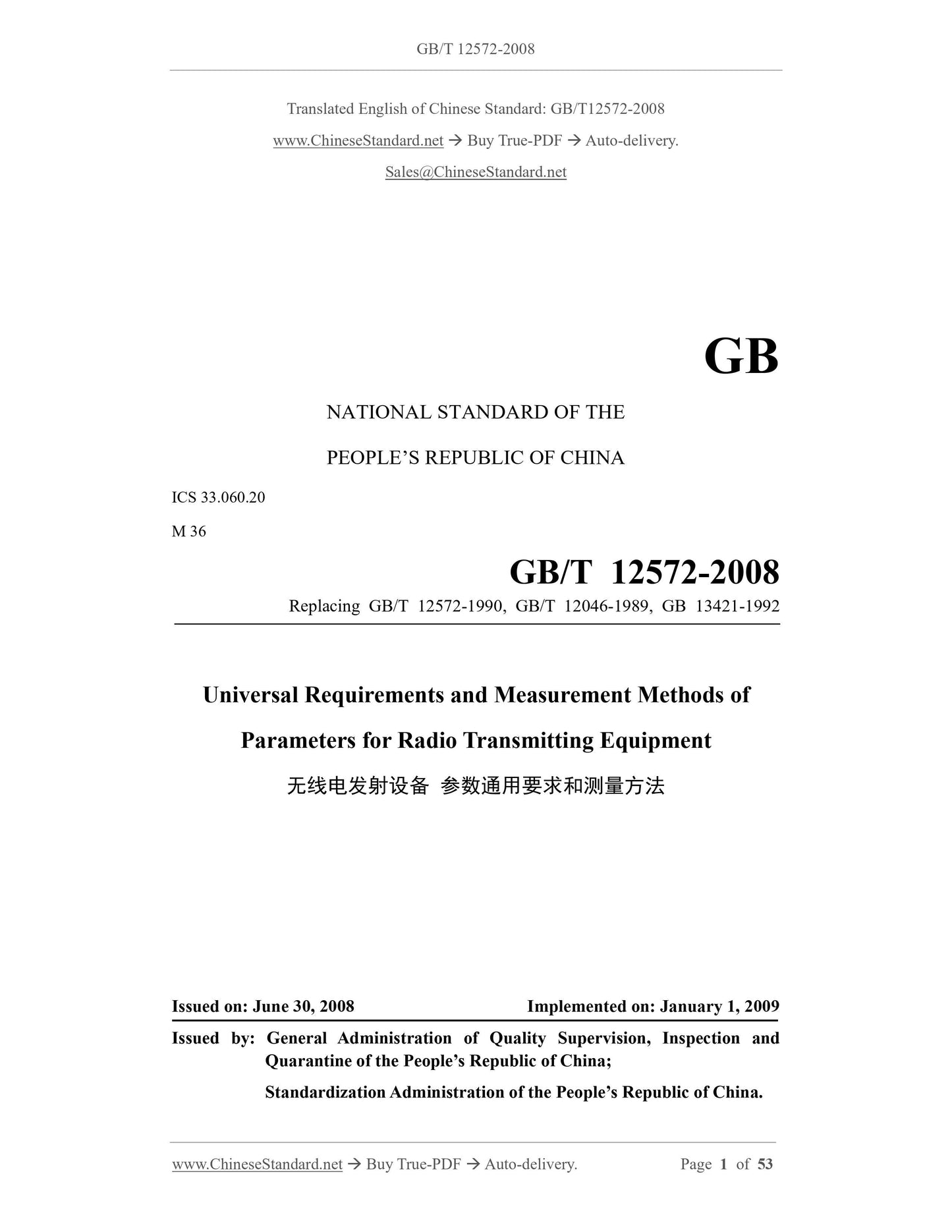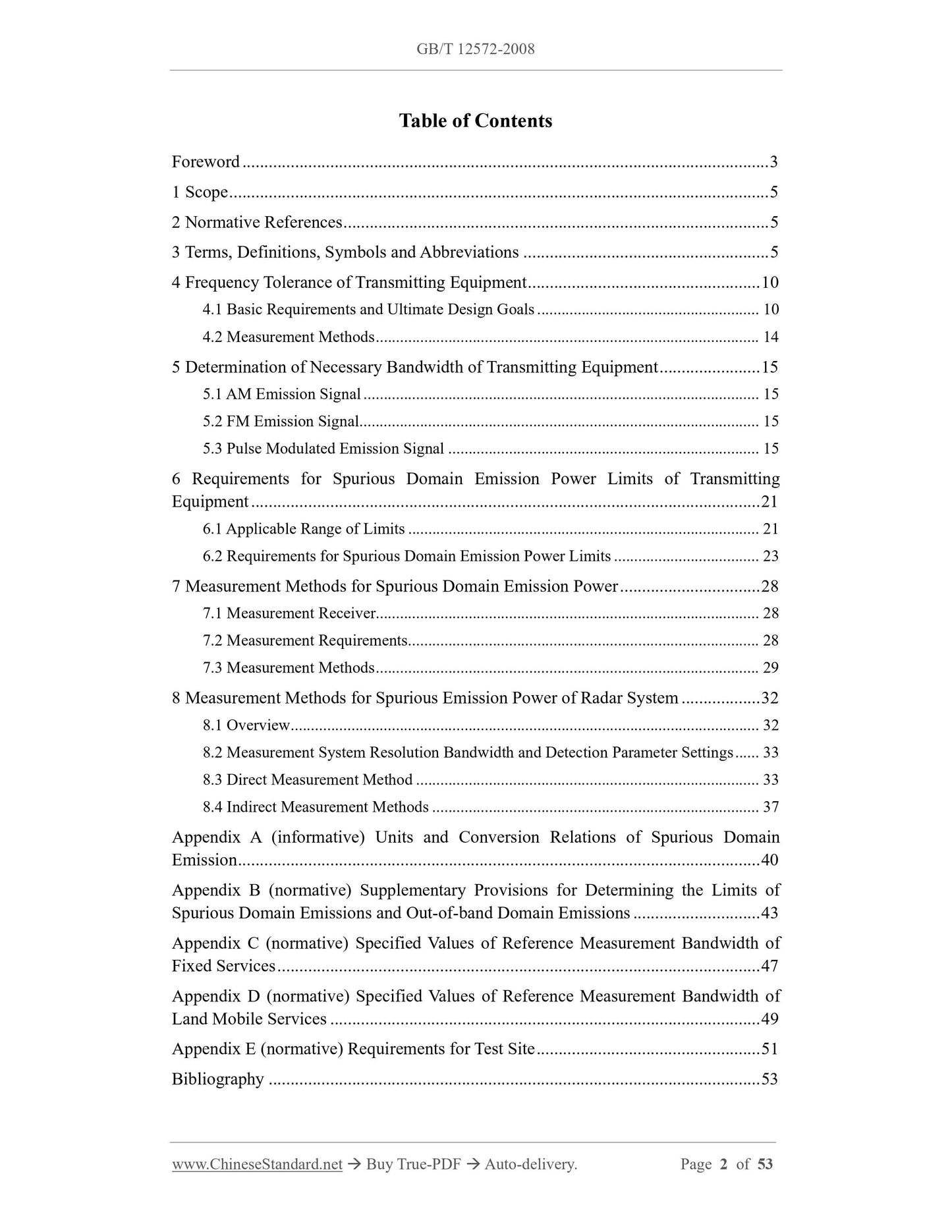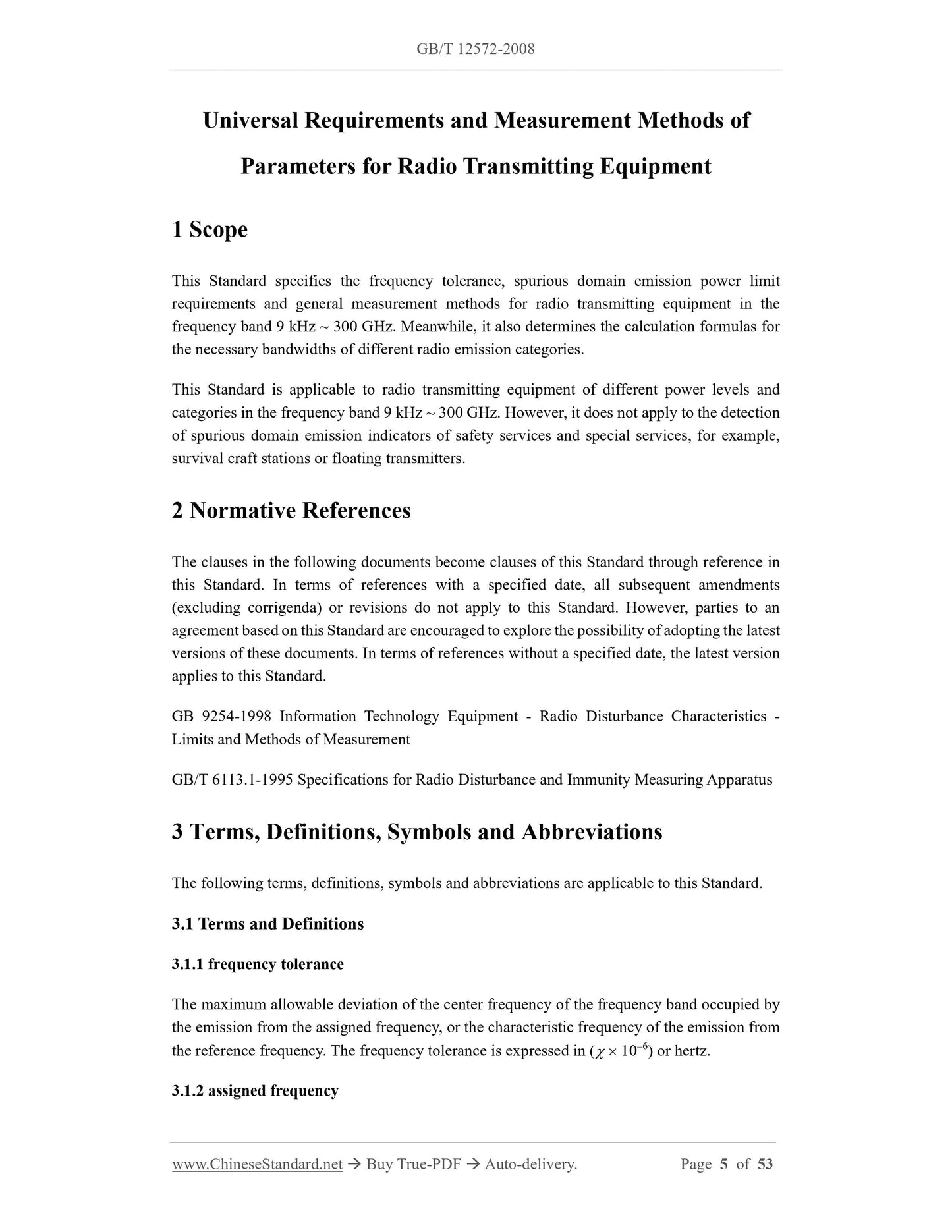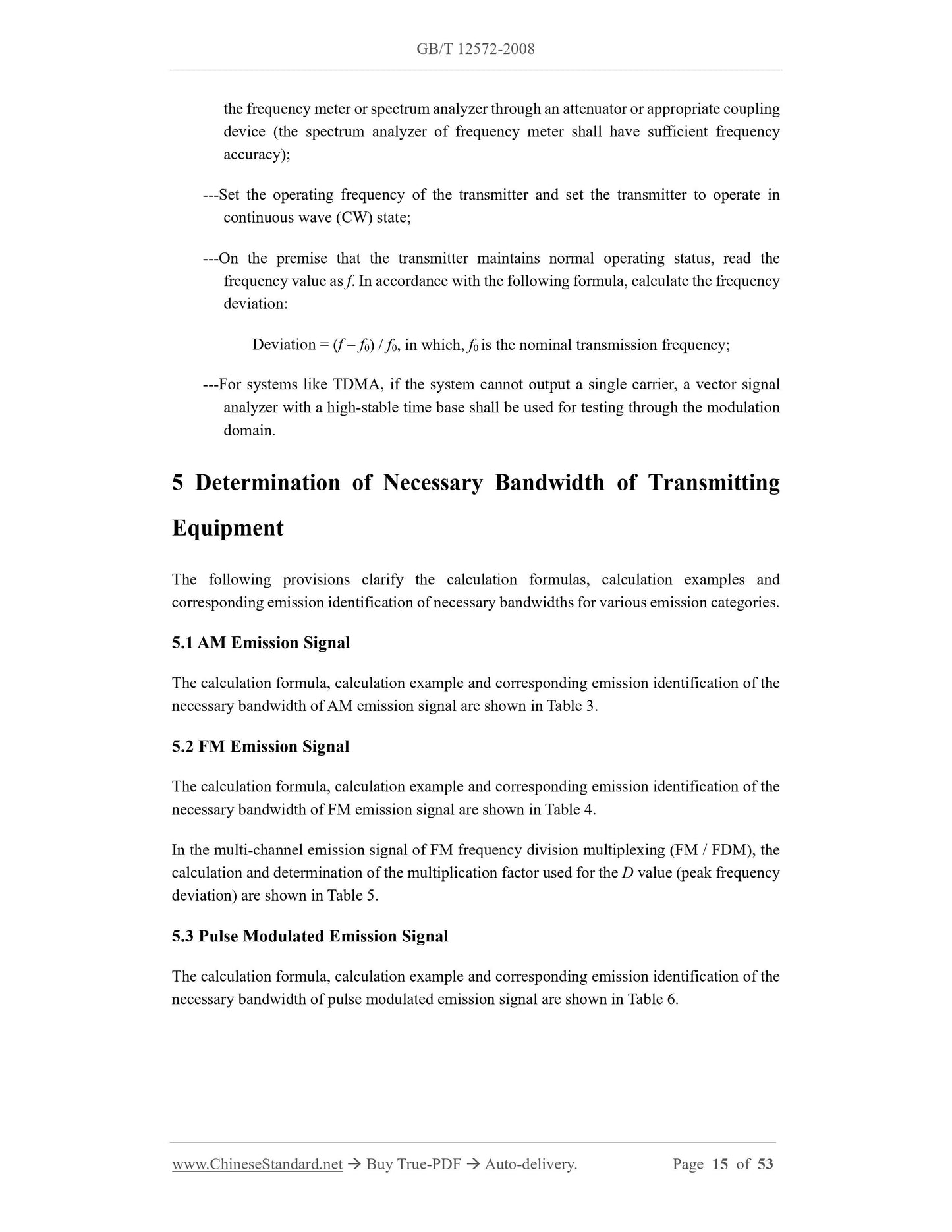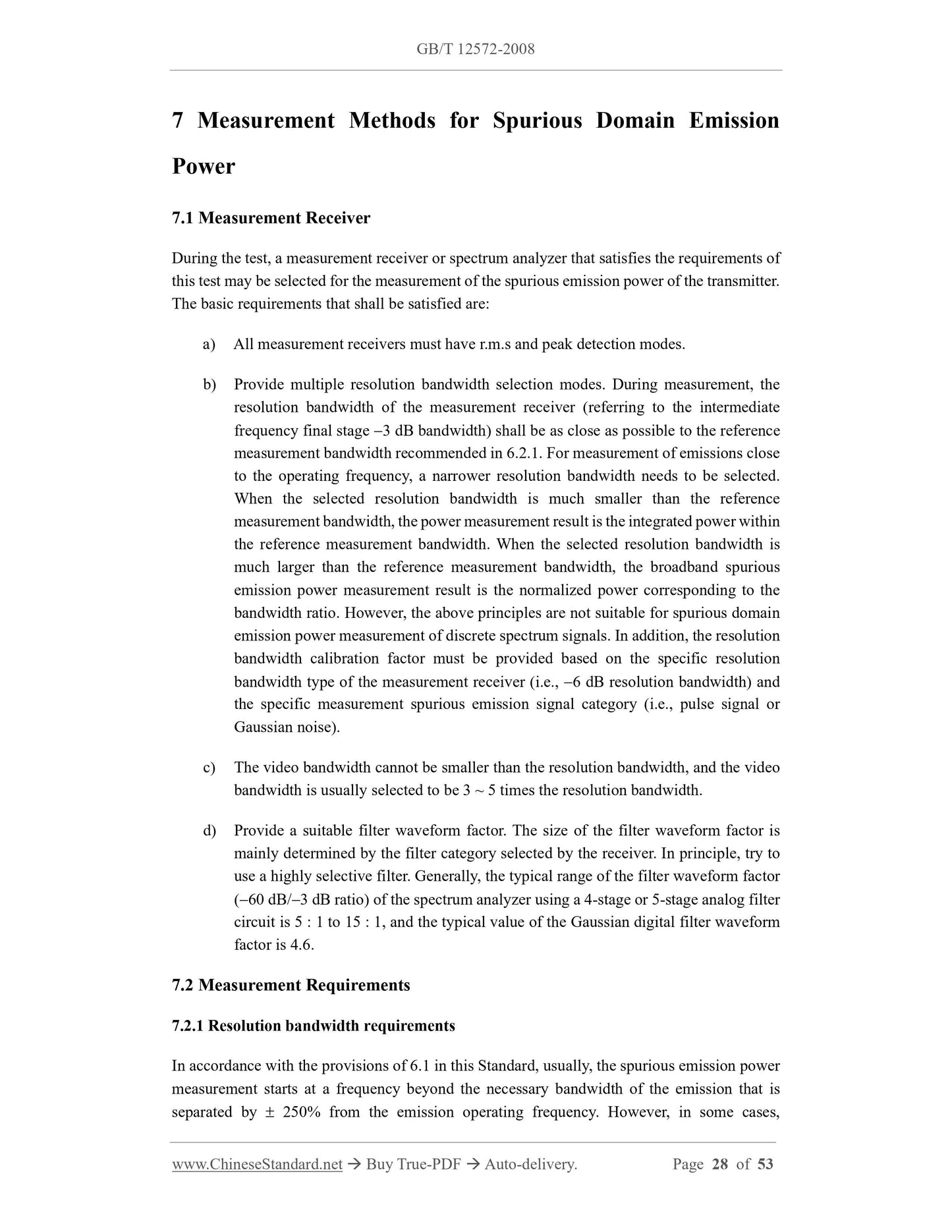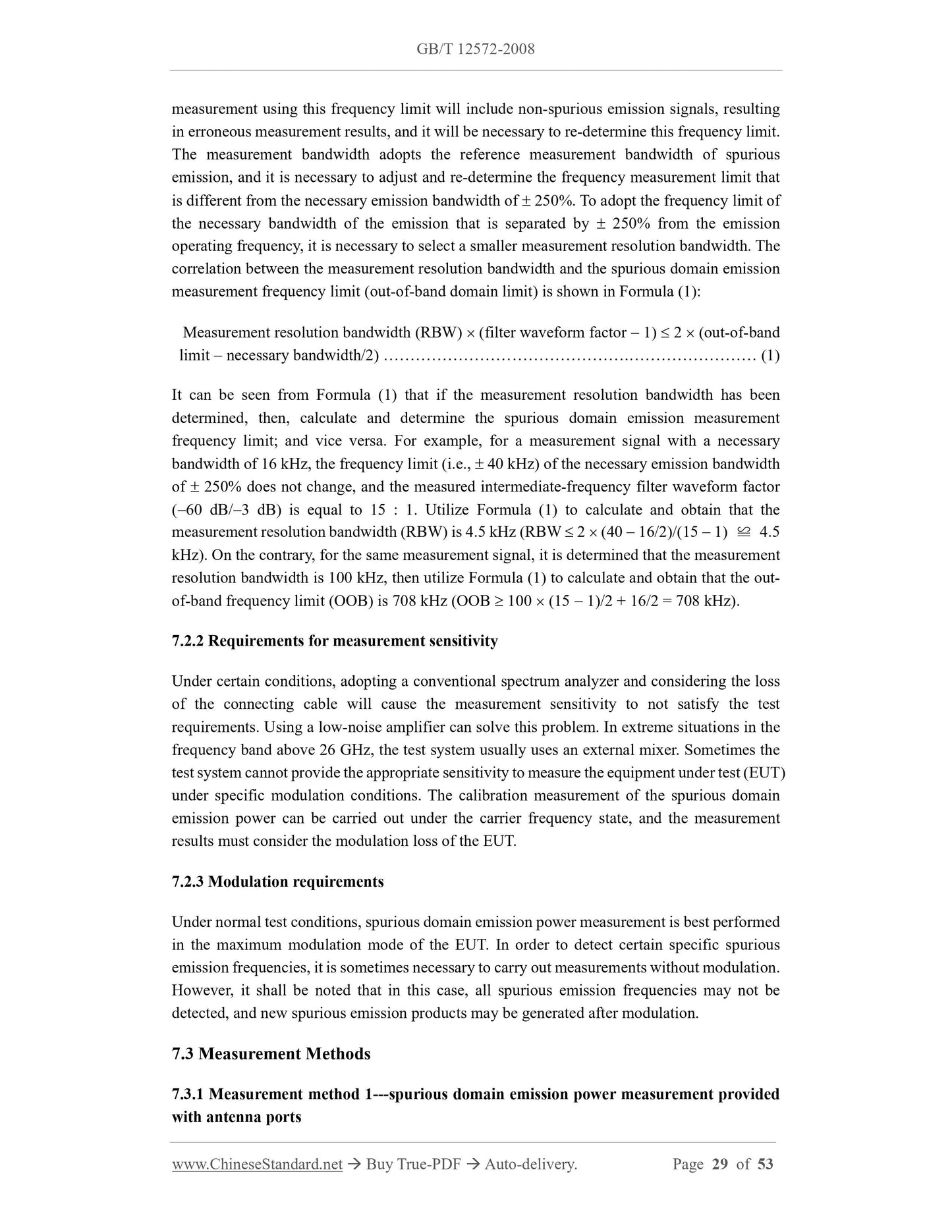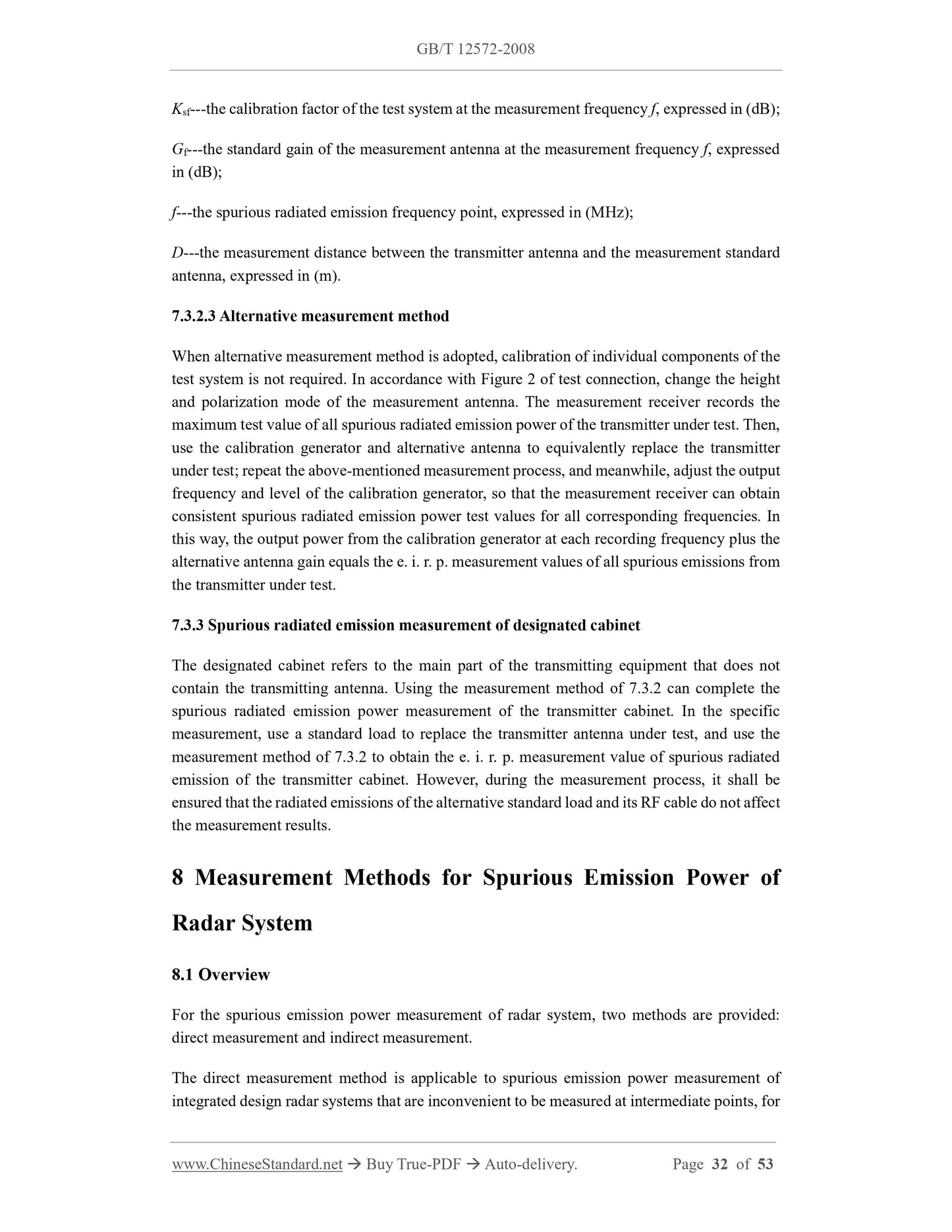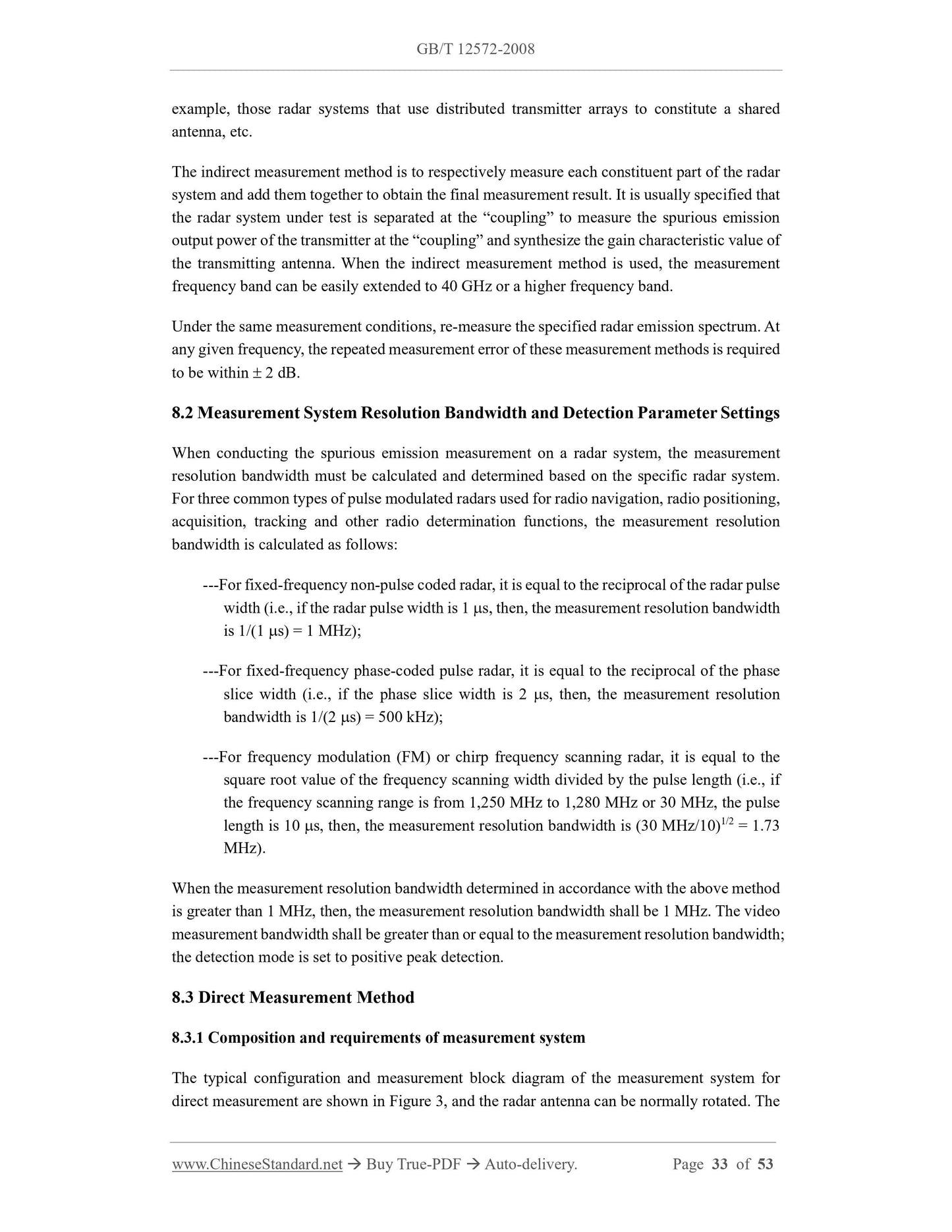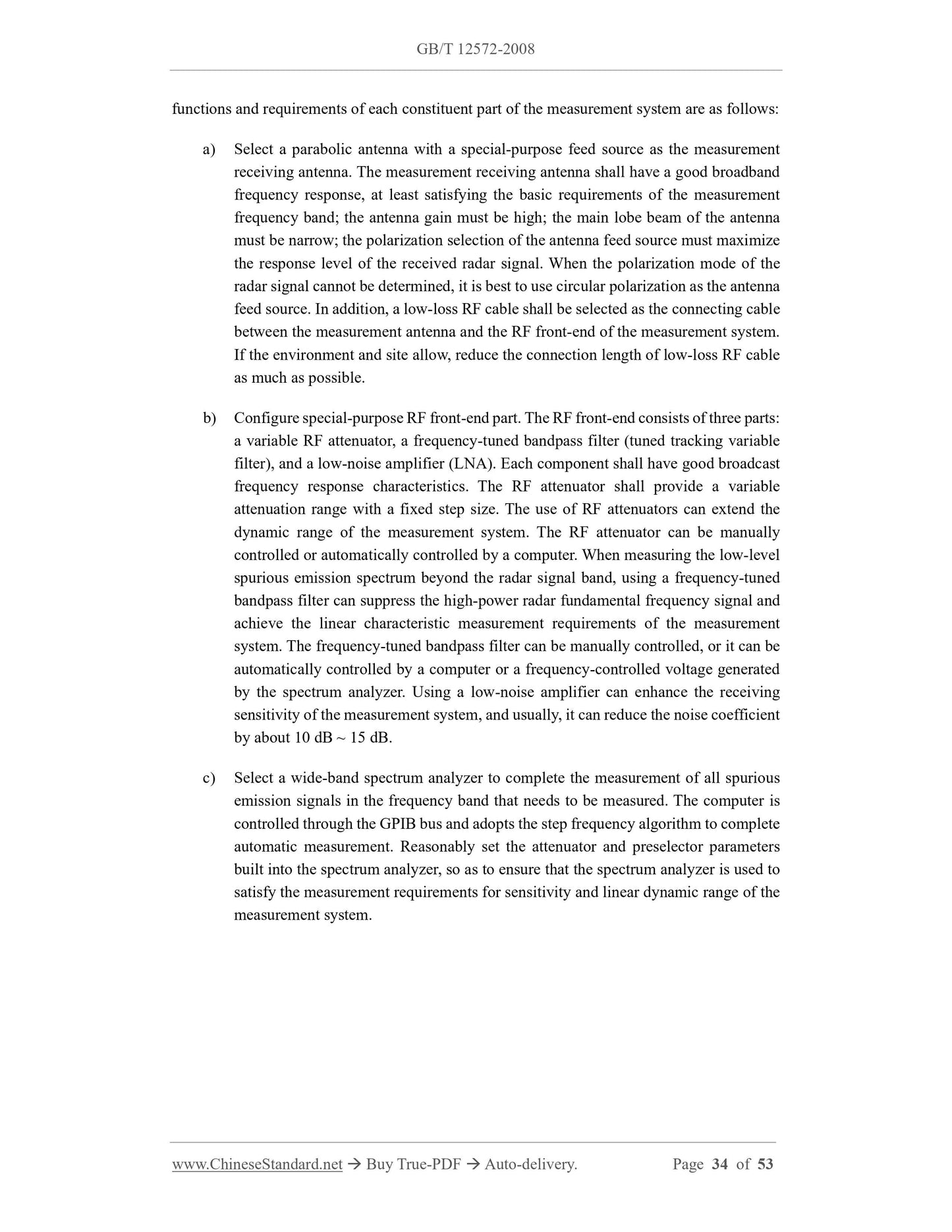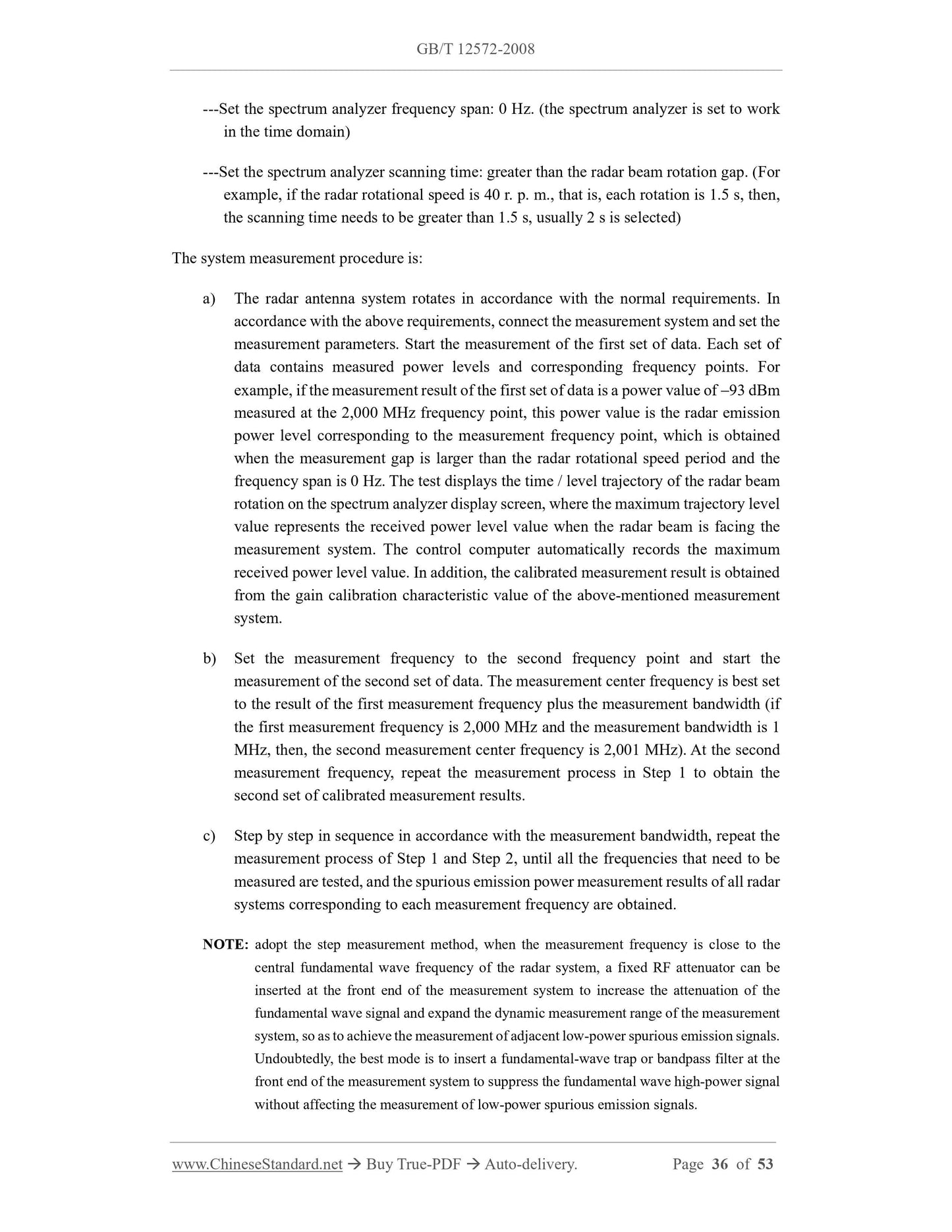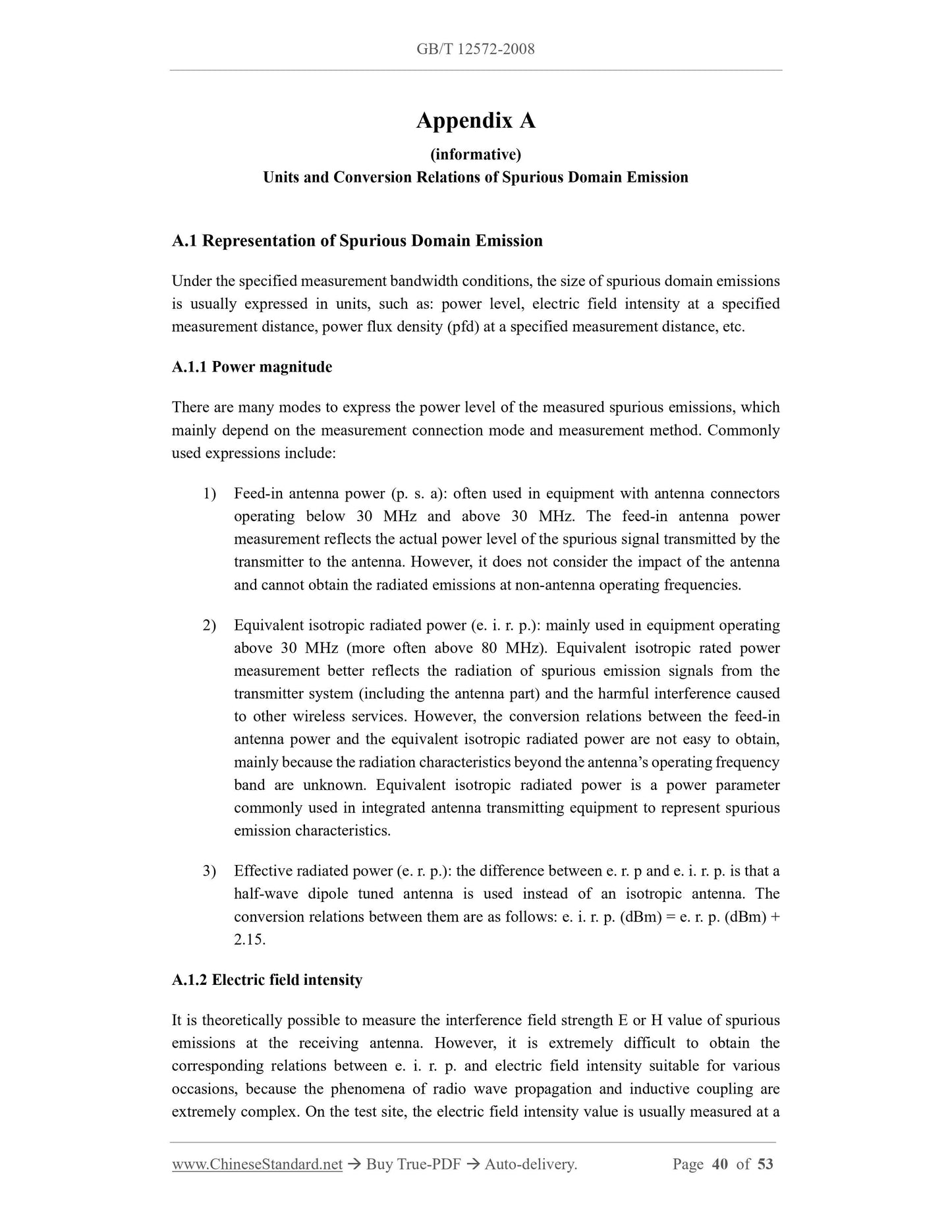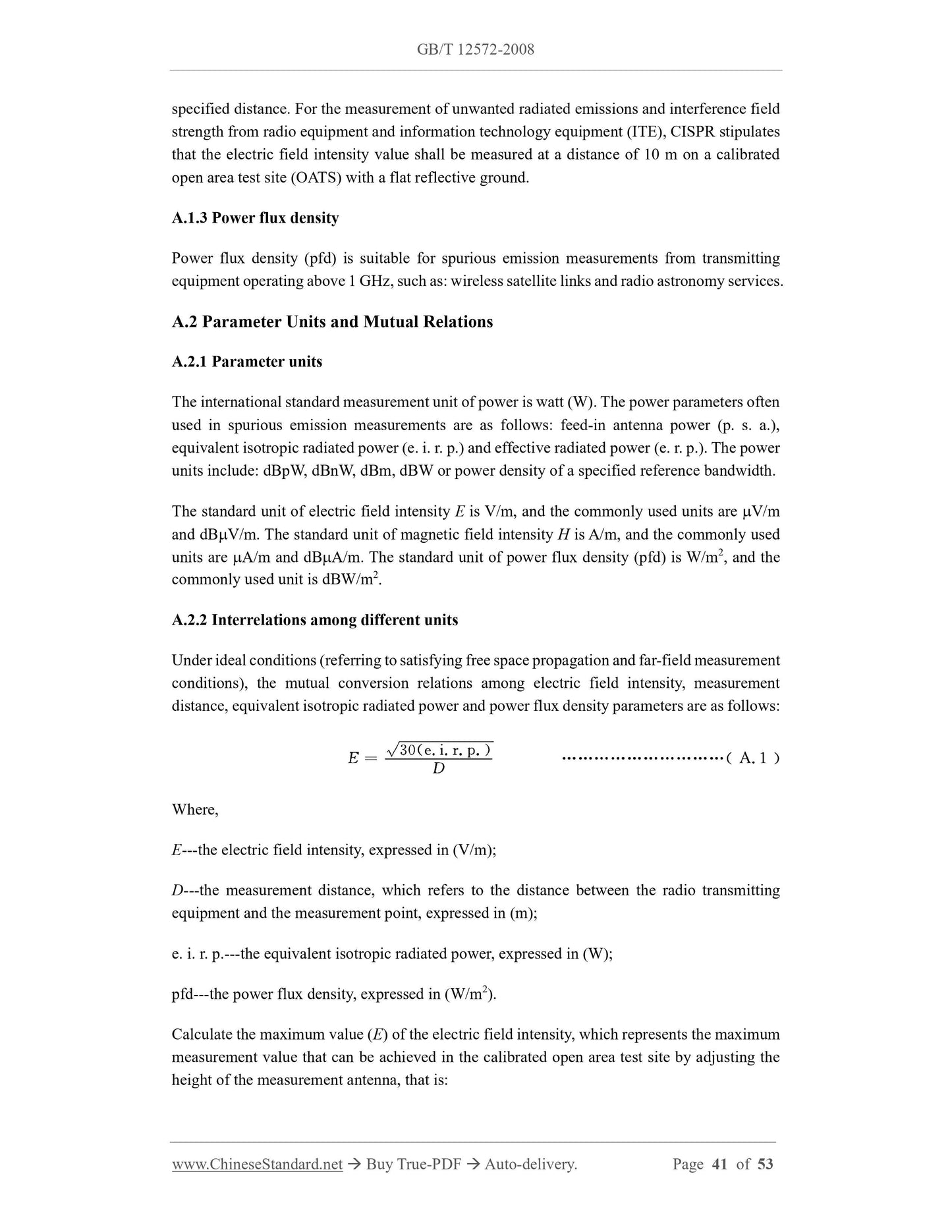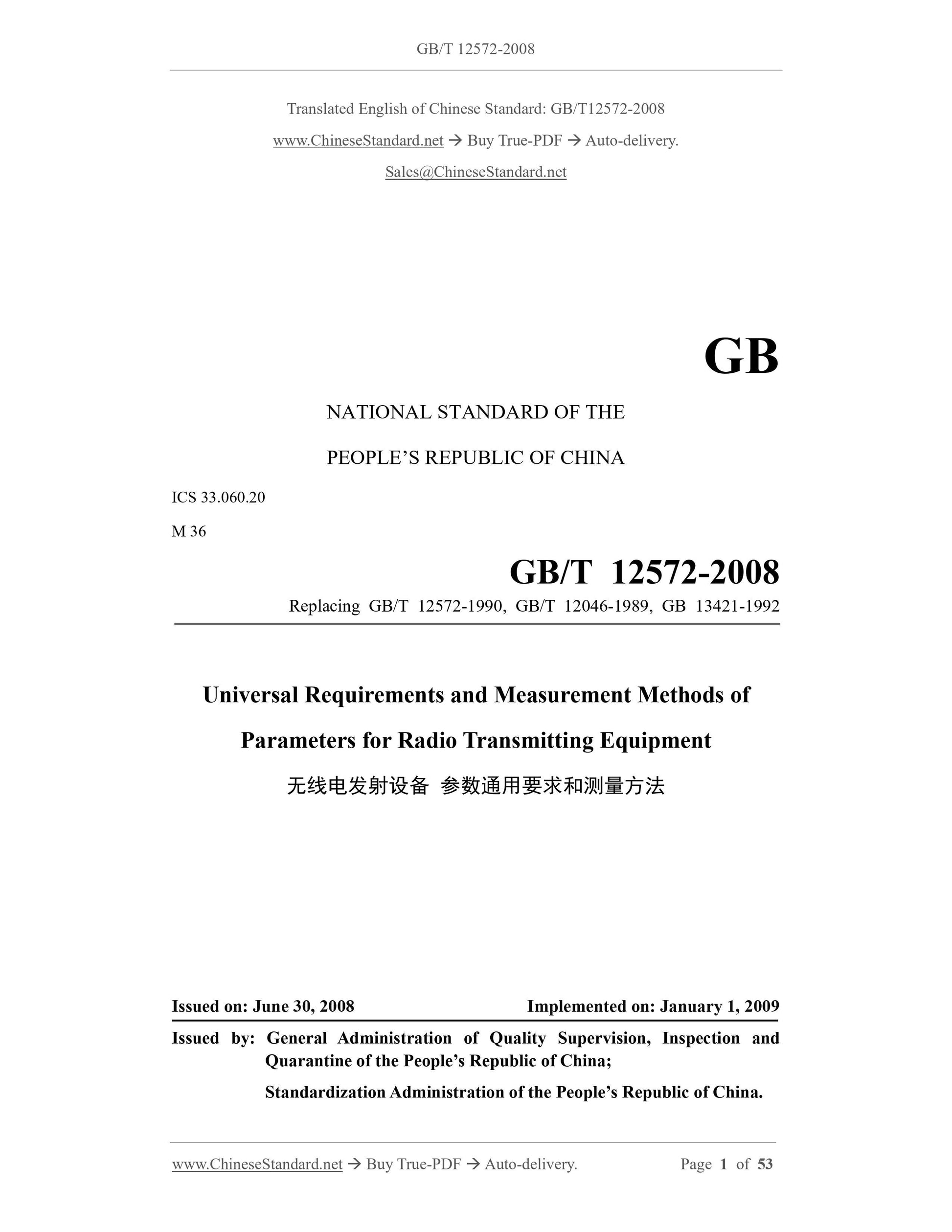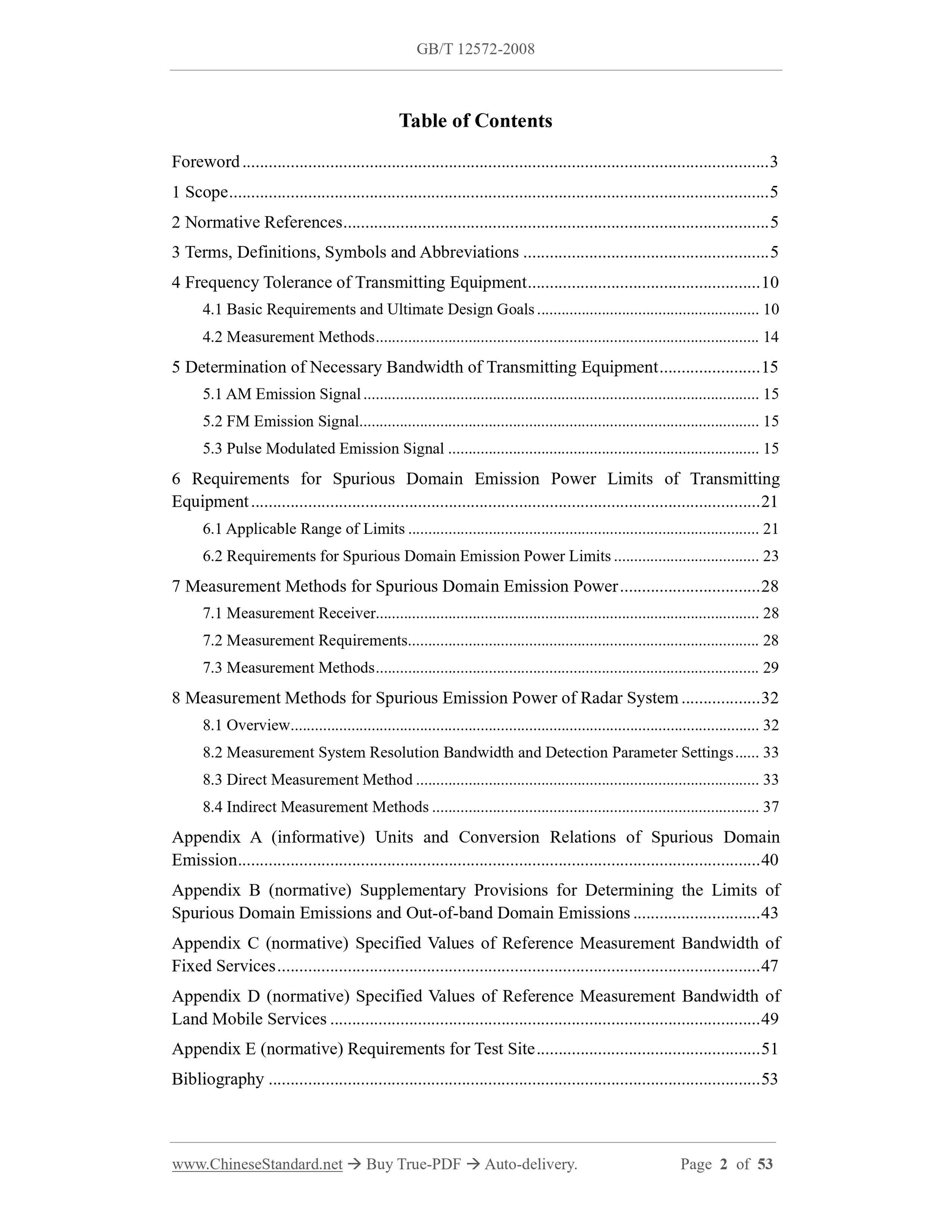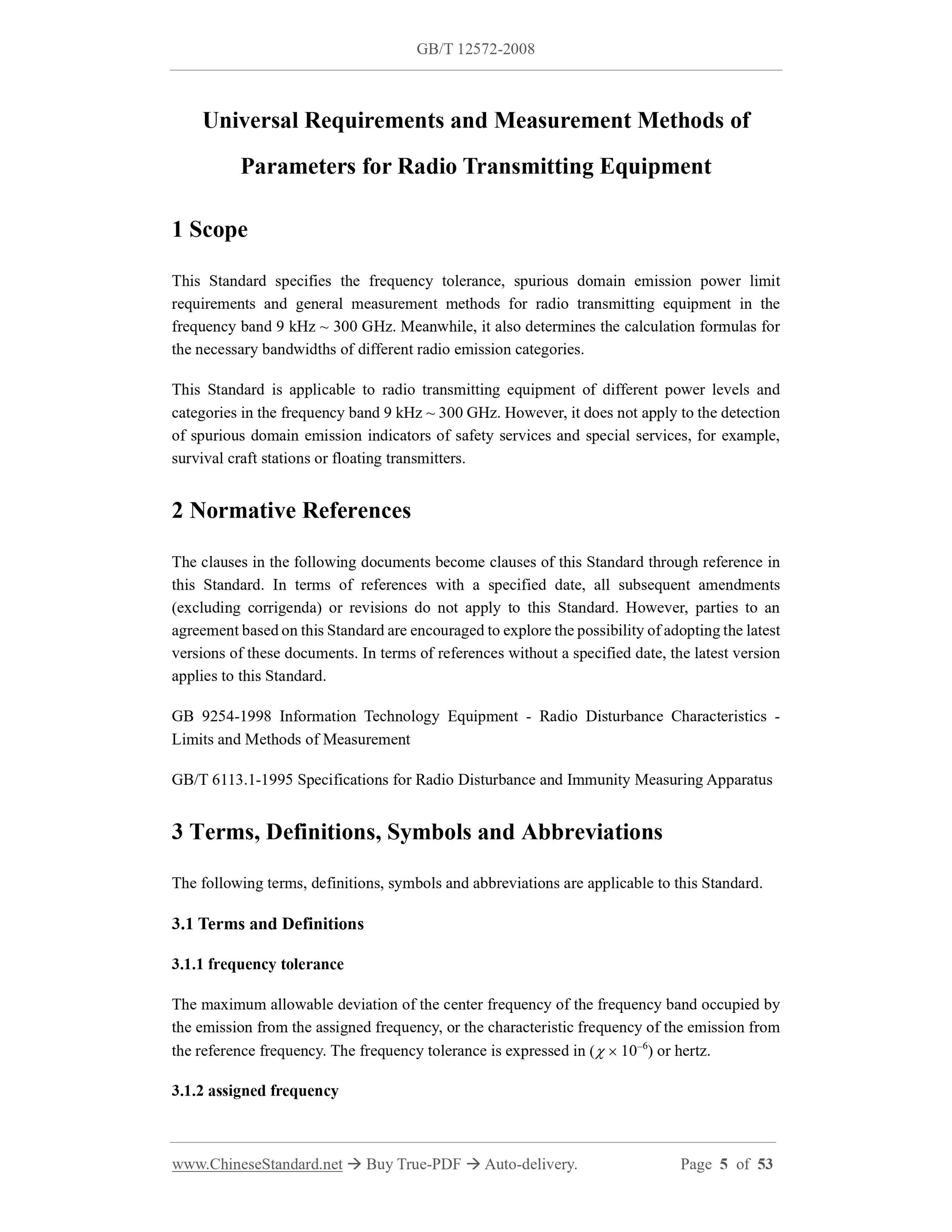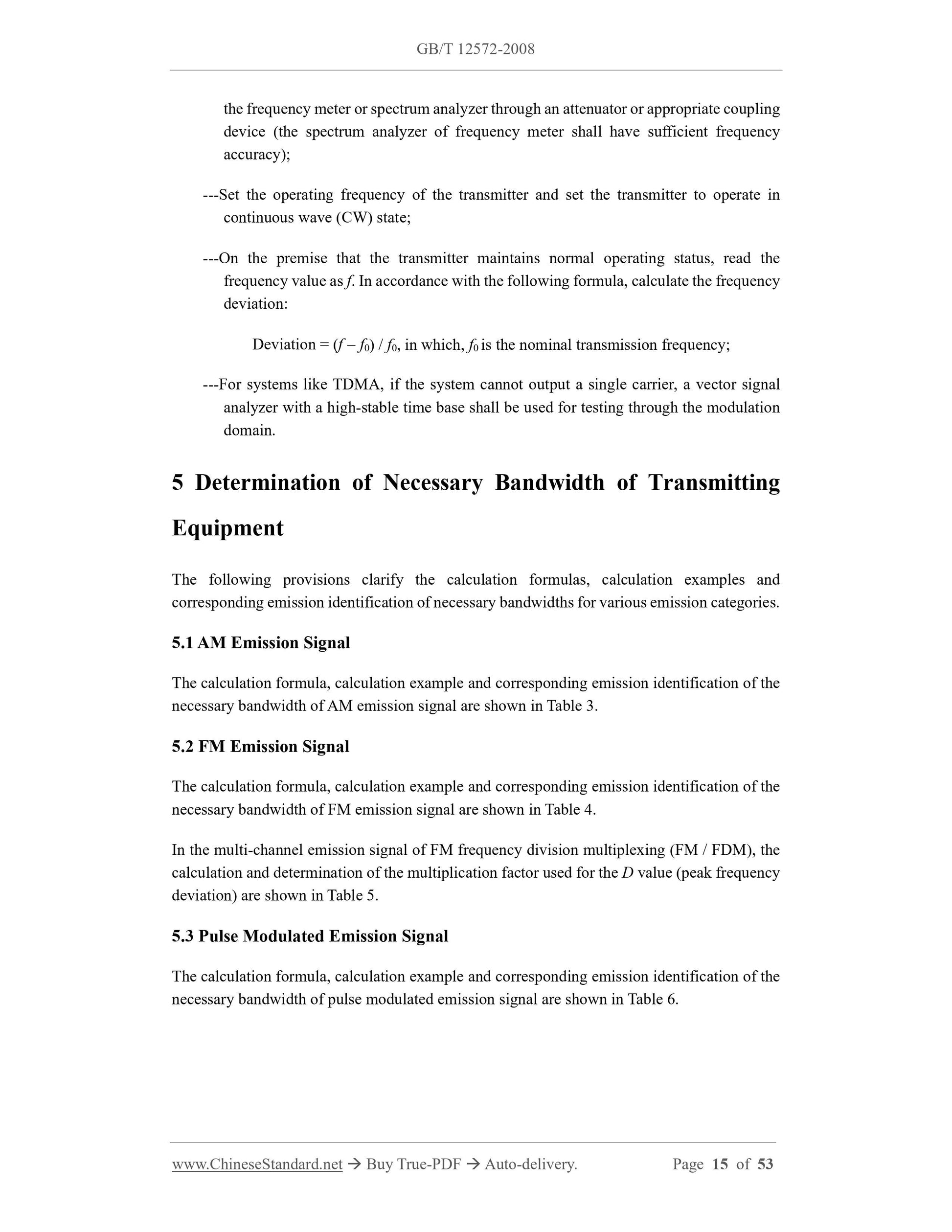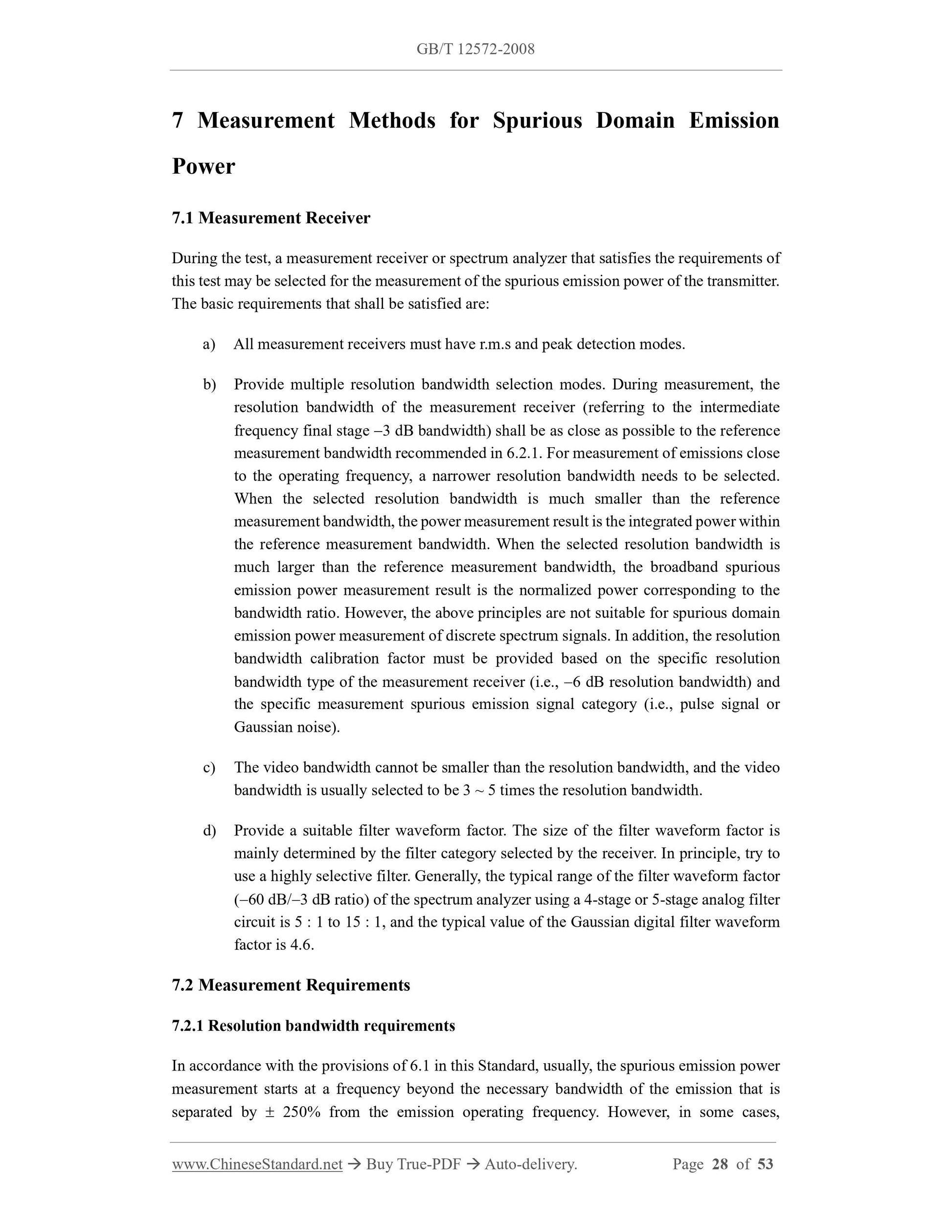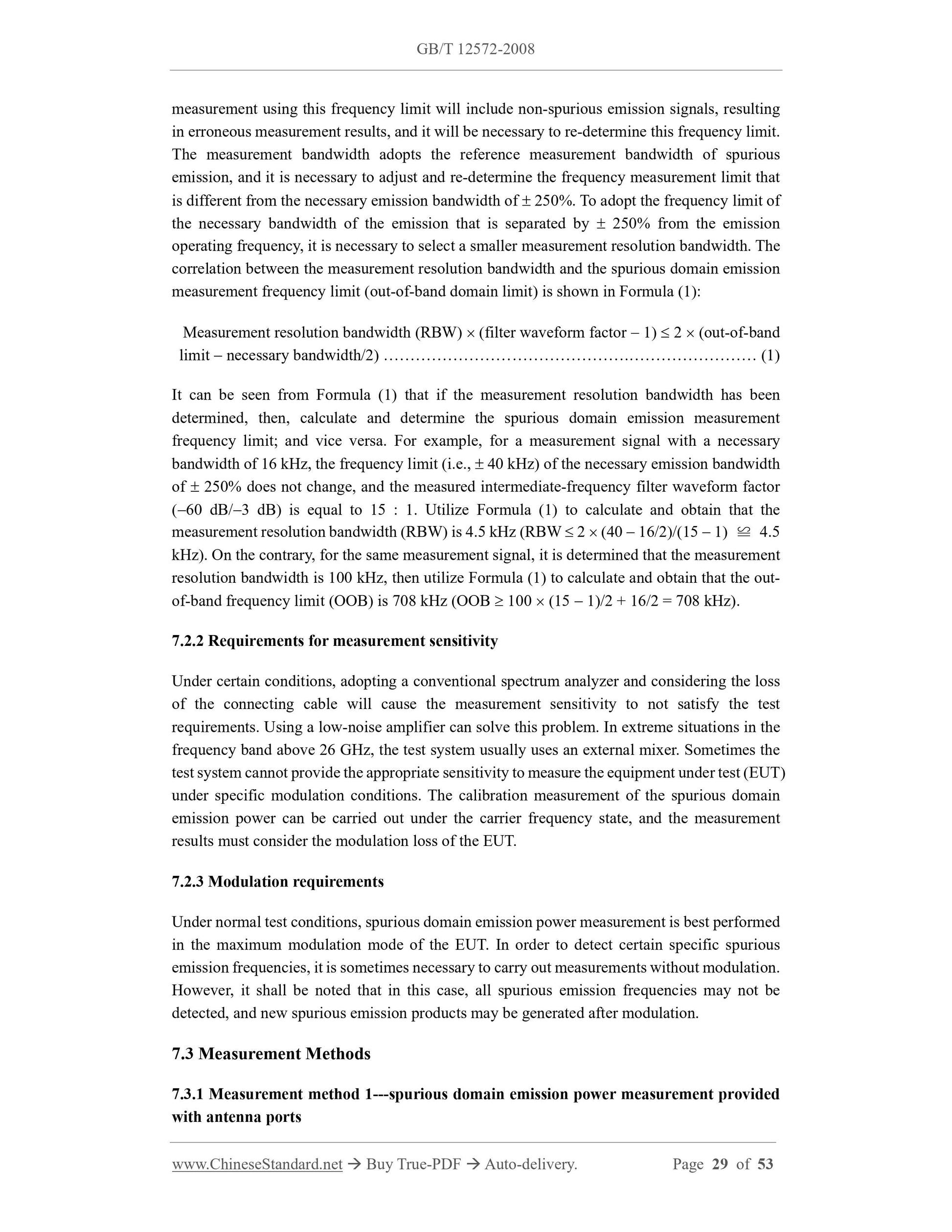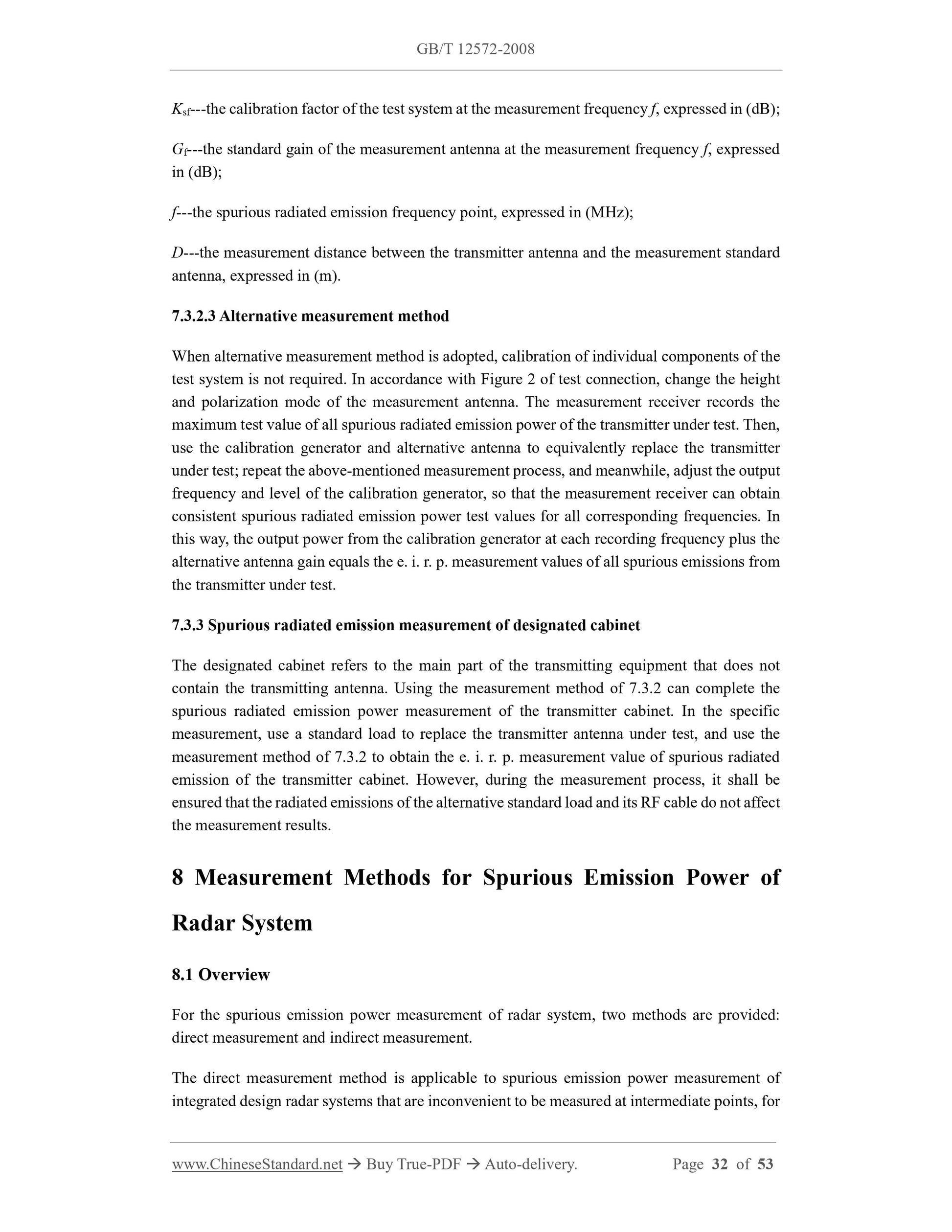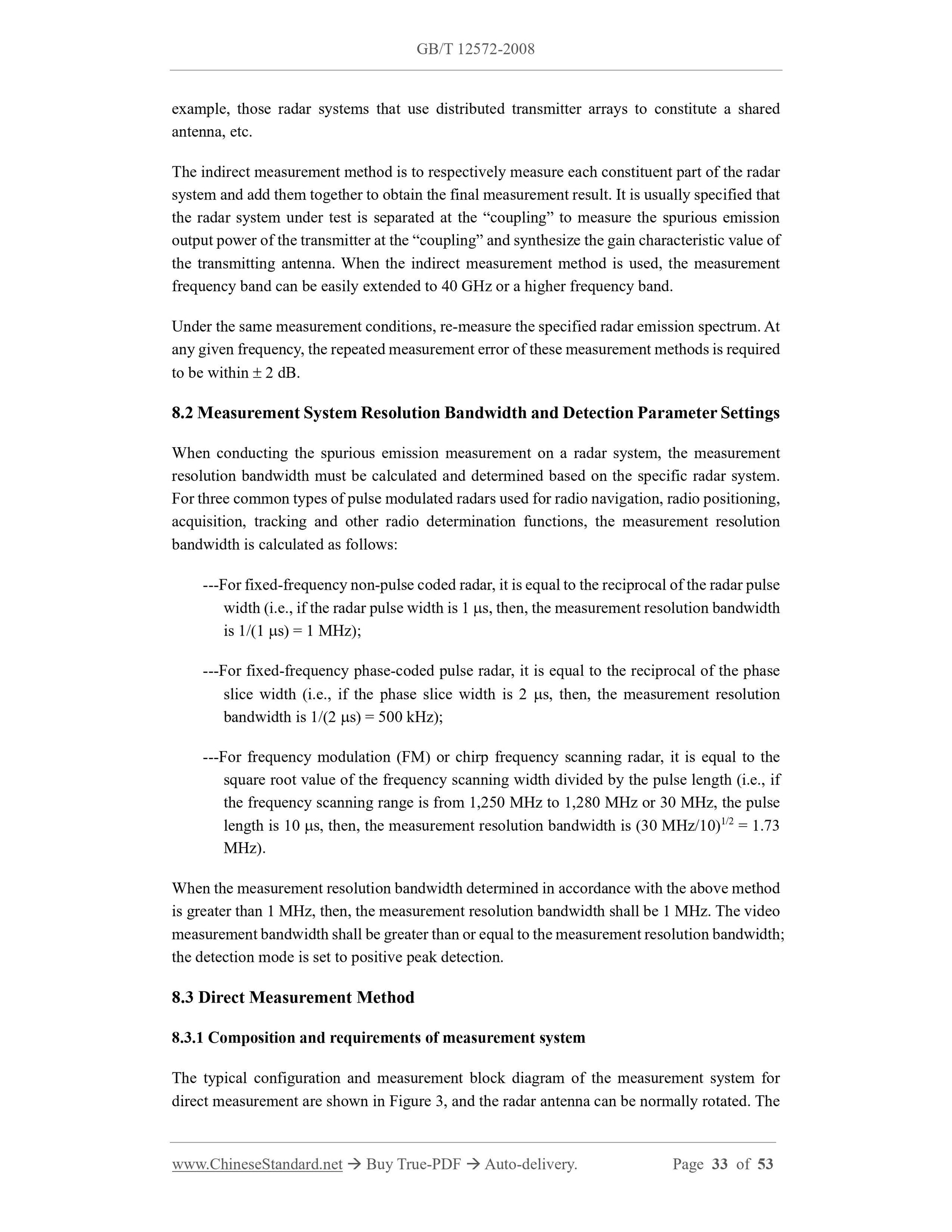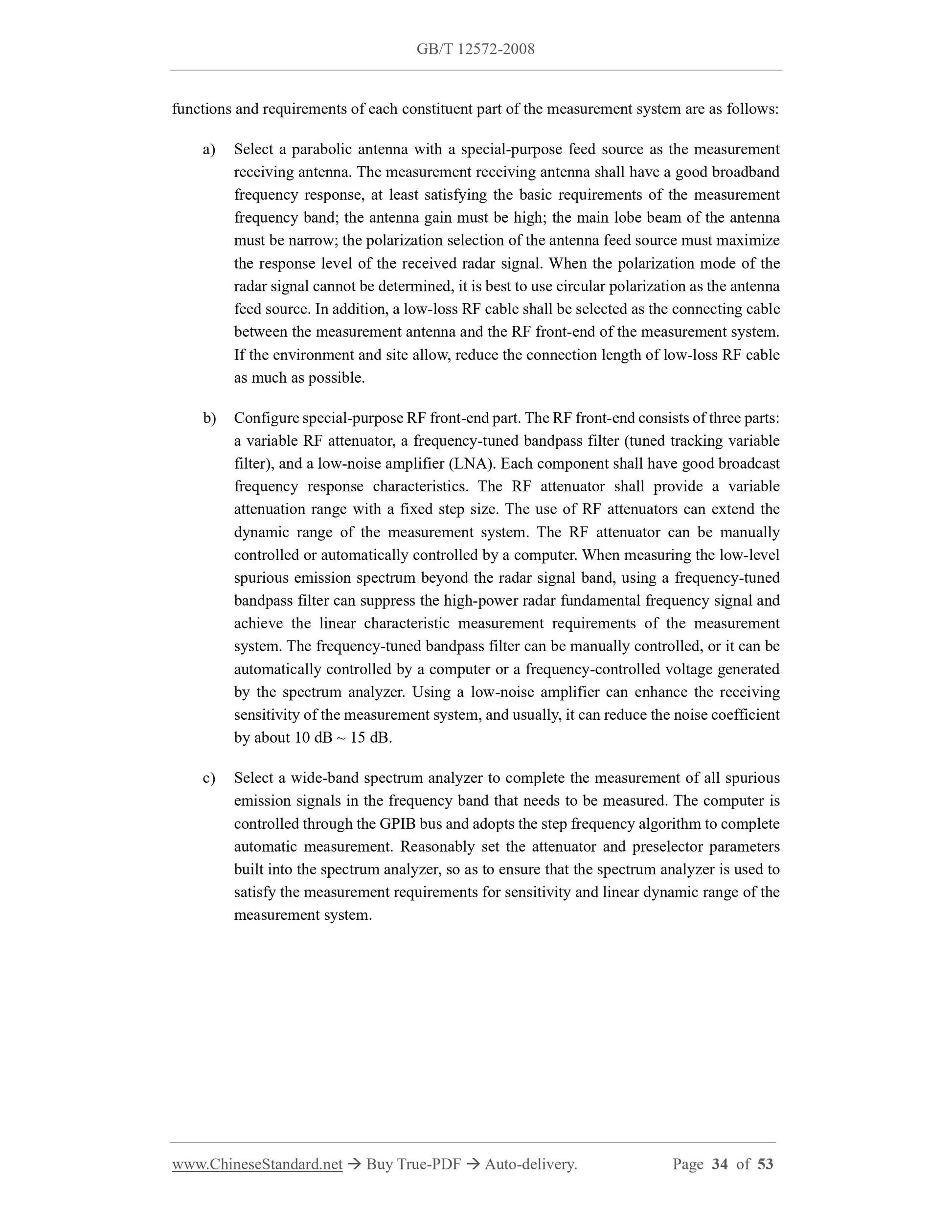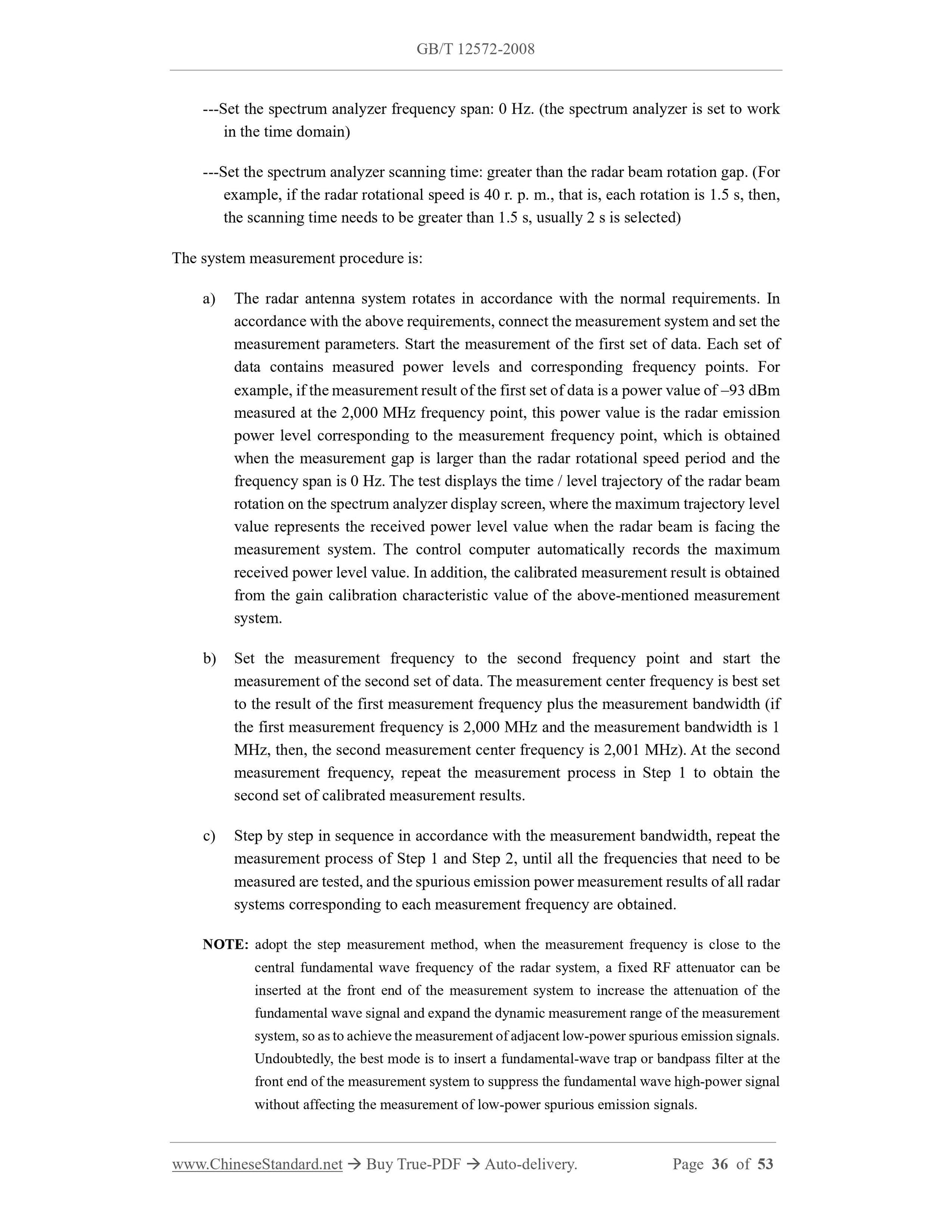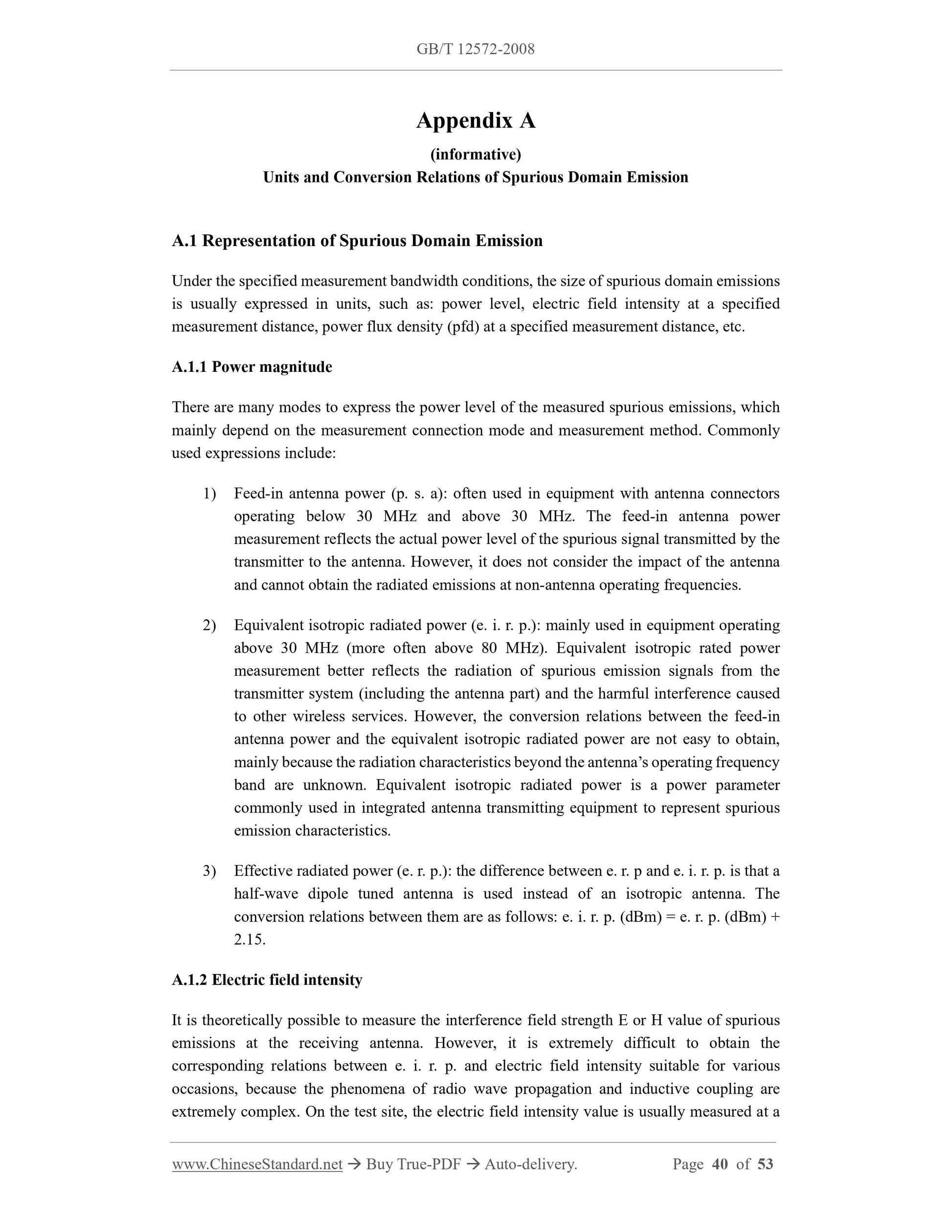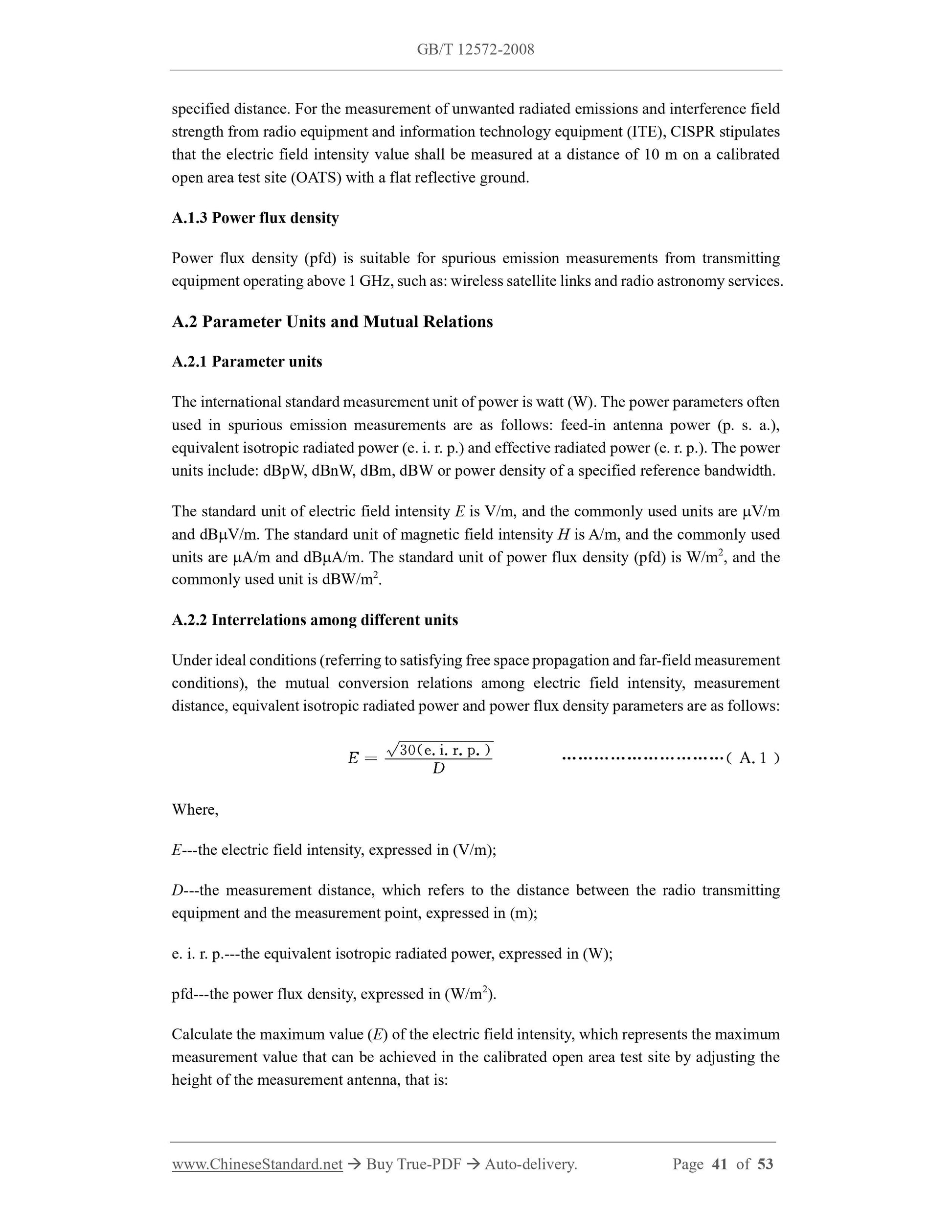1
/
of
12
www.ChineseStandard.us -- Field Test Asia Pte. Ltd.
GB/T 12572-2008 English PDF (GB/T12572-2008)
GB/T 12572-2008 English PDF (GB/T12572-2008)
Regular price
$405.00
Regular price
Sale price
$405.00
Unit price
/
per
Shipping calculated at checkout.
Couldn't load pickup availability
GB/T 12572-2008: Universal requirements and measurement methods of parameters for radio transmitting equipment
Delivery: 9 seconds. Download (and Email) true-PDF + Invoice.Get Quotation: Click GB/T 12572-2008 (Self-service in 1-minute)
Newer / historical versions: GB/T 12572-2008
Preview True-PDF
Scope
This Standard specifies the frequency tolerance, spurious domain emission power limitrequirements and general measurement methods for radio transmitting equipment in the
frequency band 9 kHz ~ 300 GHz. Meanwhile, it also determines the calculation formulas for
the necessary bandwidths of different radio emission categories.
This Standard is applicable to radio transmitting equipment of different power levels and
categories in the frequency band 9 kHz ~ 300 GHz. However, it does not apply to the detection
of spurious domain emission indicators of safety services and special services, for example,
survival craft stations or floating transmitters.
Basic Data
| Standard ID | GB/T 12572-2008 (GB/T12572-2008) |
| Description (Translated English) | Universal requirements and measurement methods of parameters for radio transmitting equipment |
| Sector / Industry | National Standard (Recommended) |
| Classification of Chinese Standard | M36 |
| Classification of International Standard | 33.060.20 |
| Word Count Estimation | 38,333 |
| Date of Issue | 2008-06-30 |
| Date of Implementation | 2009-01-01 |
| Older Standard (superseded by this standard) | GB 13421-1992; GB/T 12046-1989; GB/T 12572-1990 |
| Quoted Standard | GB 9254-1998; GB/T 6113.1-1995 |
| Regulation (derived from) | Announcement of Newly Approved National Standards No. 11 of 2008 (No. 124 overall) |
| Issuing agency(ies) | General Administration of Quality Supervision, Inspection and Quarantine of the People's Republic of China, Standardization Administration of the People's Republic of China |
| Summary | This standard specifies the 9kHz ~ 300GHz band radio transmitting equipment, frequency tolerance, spurious domain emission power limit requirements and common methods of measurement, while identifying different types of radio emission formulas necessary bandwidth. This standard applies to 9kHz ~ 300GHz frequency band different power levels, different types of radio transmitting equipment. But NA detector or water craft stations transmitters and other security services and special operations spurious domain emission targets. |
Share
